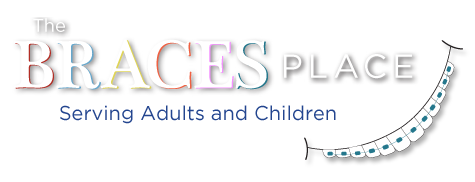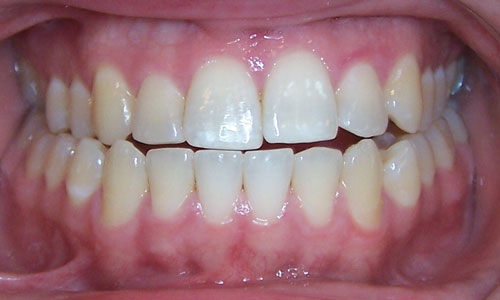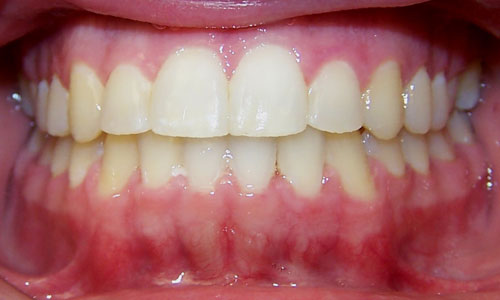WHAT AGE IS APPROPRIATE? 
For a Consultation:
Children should be evaluated by an orthodontist by the age of 7 years! Most children will not need care until adolescence, but by the age of 7, developing problems will be identifiable by a skilled orthodontist.
The 7 year old evaluation will involve orthodontic x-rays that are best comprehended by an orthodontist (not a dentist). While dentists take x-rays and are aware of obvious developmental problems, most dentists cannot take or read orthodontic x-rays, and have little knowledge of developmental subtleties. Orthodontists are uniquely trained to assess and address these issues.
For Treatment:
Timing for orthodontic treatment is COMMONLY MISUNDERSTOOD. For example, dentists often tell parents that their child is “not ready yet” for orthodontics, because the child “still has some baby teeth.”
Actually, often the best timing of treatment is when 4 baby teeth remain in the mouth! This is usually between the ages of 10 and 11 1/2. But this is not intuitive to many dentists or parents. There are 3 reasons why it is best to start orthodontic treatment when four baby teeth remain in the mouth:
Reason 1: Speed
Believe it or not, commencing orthodontics while the last adult teeth are erupting will speed up the movement of the already erupted teeth, because the erupting teeth are biophysiologically releasing “bone softening” chemicals and hormones.
Reason 2: Leeway Space
The second baby molar is the only baby tooth that is LARGER than the ADULT tooth that replaces it. ALSO, it is usually the last baby tooth to fall out. These facts together allow orthodontists to “utilize” the “extra space difference,” known as LEEWAY SPACE, to resolve minor crowding issues.
Reason 3: Psychological Issues
Some children are very slow to lose baby teeth for one reason or another. Those children and their parents are often told by their dentists to wait until all the baby teeth fall out before seeing an orthodontist. This is a disservice to the child!
By the time the child begins orthodontic treatment, the child may be 12-14 years old. By that time, most of the child’s friends are already out of or finishing their orthodontic treatment! It hurts to be in braces when all of your friends have already had braces. It hurts to be in braces during the “self-awareness” stage of adolescence (starting between 12 and 13 years old).
WHAT IS PHASE II TREATMENT?
Phase II treatment is simply traditional treatment of the child during early adolescence. This treatment is also known as “comprehensive orthodontic treatment.”
WHAT IS PHASE I TREATMENT?
Phase I treatment is NECESSARY INTERCEPTIVE TREATMENT that occurs in patients that are NOT yet ready for COMPREHENSIVE orthodontic care.
“Necessary Interceptive Treatment” refers to the idea that NOT treating at an early age will lead to more complicated problems by the typical age of adolescent orthodontic care. Complications may include the need to pull teeth, the death of certain teeth, damage to certain teeth, jaw growth problems, TMJ problems, periodontal problems, tooth impaction problems, and lengthened treatment time during typical adolescent “comprehensive orthodontic treatment.”
The most common appliances in Phase I Treatment are Palatal Expanders (see jaw expansion section), Sagittal Expanders, and Segmental Braces.
HOW LONG SHOULD TREATMENT TAKE?
Ideally, orthodontic care for the adolescent should be finished in 12-14 months. Patients that take more than this amount of time are usually either developing much more slowly than expected, should have received Phase I care, or are in the hands of an inefficient orthodontist




